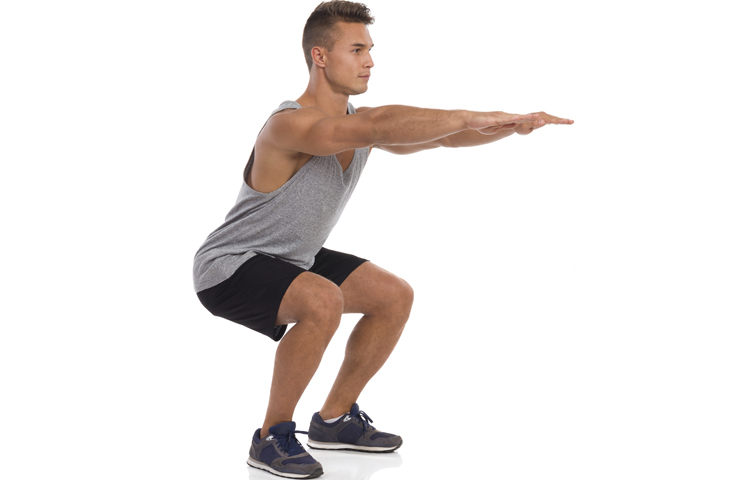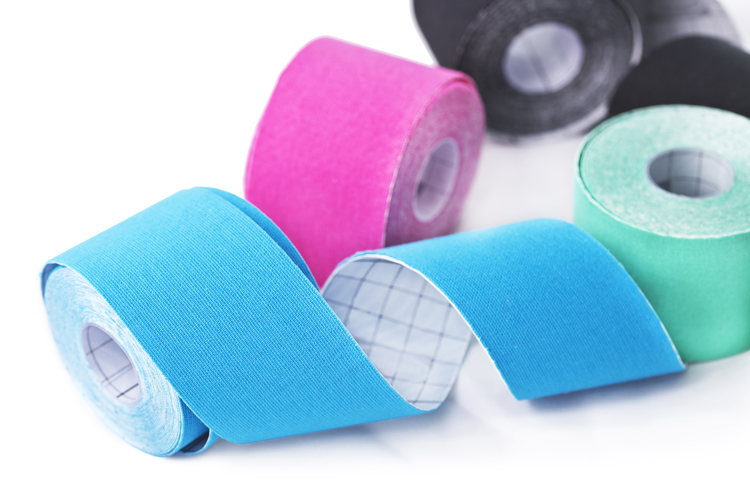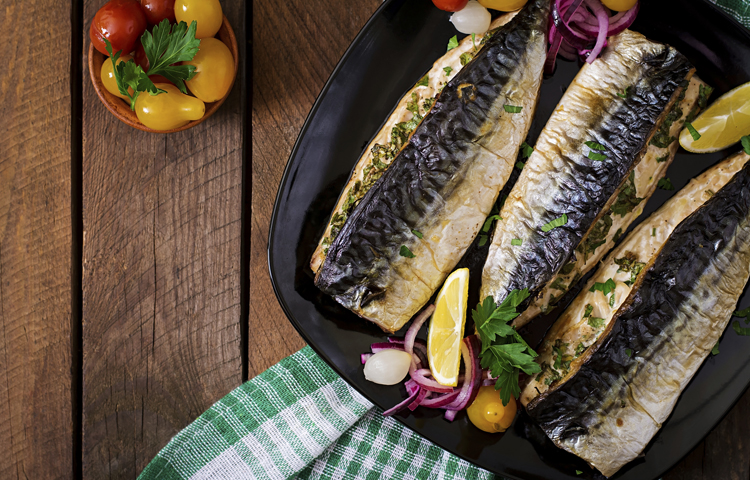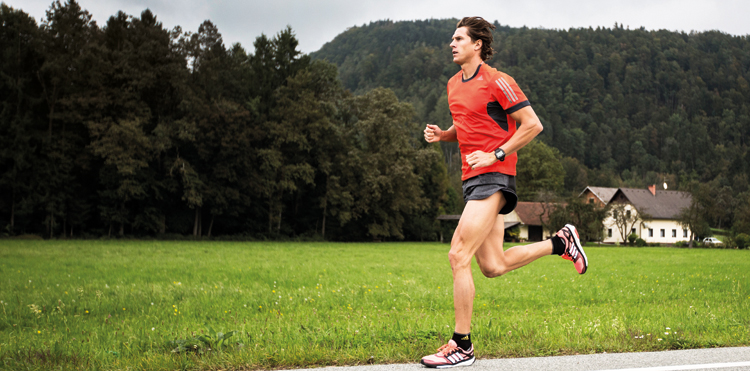1. Jump to it
Mini-trampolines or rebounders can help with cross-training, as they’re low-impact, so they’re ideal if you’re recovering from injury. “They work every muscle in the body at one time and, working against gravity, they help to strengthen the muscles as well as providing a fun cardio workout,” says Becky White (onesixeightfitness.com), a mini-trampoline fitness specialist.
2. Always run tall
“Imagine a helium balloon is tied to the crown of your head, to help you float along effortlessly,” says running coach Sam Ayers (bodyfitpersonaltraining.co.uk). “Also, think of your pelvis as a bucket brim-full of water that needs to be kept level. You effectively need to keep the pelvis neutral to maintain the best running posture.”
3. Activate your glutes
Include a set of 10 squats in your regular warm-up. “These help activate your glute muscles much earlier on in your runs and take the pressure off your calves,” says running coach Nick Antoniades (runningschool.co.uk).
 Adding a few squats to your warm-up helps to alleviate pressure on your calves
Adding a few squats to your warm-up helps to alleviate pressure on your calves
4. Try Pilates
To lessen the constant impact each step has as it reverberates through your legs, pelvis, lower back and rib cage, try Pilates. “Core strength gained through Pilates helps distribute this force more effectively throughout your body, helping to avoid potential injuries, reduce post-exercise muscle soreness and give you greater endurance,” says Pilates teacher Emily Wilson (sportsshoes.com).
5. Improve your hill running
“The key to hills is to try to keep an even effort across the distance that you’re covering,” says running coach Gary House. “Focus on rhythm, posture, and relaxation. Try to pick up your heels slightly with some hamstring activation rather than driving from the quads and hip flexors.”
6. Reflect and recover
A time-out period due to injury isn’t all bad news and can actually provide you with the space to reflect. “Start substituting negative thoughts, such as ‘this is the end of my running’, with positive ones, as well as self-talk (‘I will recover!’) and visualising yourself running again,” says Dr Rhonda Cohen, a sport and exercise psychologist at Middlesex University (sportpsych.co.uk). “This will help you get stronger faster.”

7. Be your own masseuse
“Use a tennis ball to ease tight muscles in the buttock or hip area,” says sports massage therapist Maria Pali (brightonmassagetherapists.co.uk). “Lie on your back or side, place the ball underneath you and then slowly rock back and forwards to massage the area. When you find a tight spot, hold the pressure for up to a minute or until you feel the muscles release.”
9. Release hip tension
“Tight hip flexors [found at the front of your hips] can alter your pelvis position, putting more pressure on the lumbar spine and causing the gluteal [bottom] muscles to lengthen and work at a disadvantage,” says physiotherapist and runner Kathleen Walker (penarthphysiotherapy.com). “To stretch your hip flexors, get into a half kneeling position. Place your back foot on a low step or stool. Shift your weight forward on your front leg until you feel a stretch in the front of your hip on the back leg. Hold for 20 seconds and repeat three times on each side.”

10. Tape it up
There’s a school of thought that says niggling pains can be managed using kinesiology tape, such as Rocktape. This is a simple waterproof strapping over your skin, which allows you full mobility and heals at the same time. “It can reduce the pain associated with common sports injuries while increasing endurance by promoting blood flow and stabilising the injured area,” says Paul Coker, medical director of Rocktape (rocktape.net).
11. Treat your toes
“Always keep your toenails short and wear trainers one size up from your normal shoes, because your feet elongate while exercising,” says podiatrist Sheila Kirwan (northamptonpodiatrist.org.uk). “Also, make sure your socks aren’t too tight, especially if they’ve been through the washing machine many times, as they can restrict blood flow and cause the dreaded black toenail.”
12. Embrace hills
Get the most out of hill training. “Aim to actually run over the crest of hills, rather than stopping once you reach the top,” says Charlotte Purdue, elite GB runner and personal trainer (pocketrocketrun.com). “Most runners stop as they hit the peak, allowing the lactic acid to flood into the legs. Running over the top will help start the recovery.”
13. Put more in, get more out
To improve your endurance strength, increase your effort during training. “A session I do with my group, which has proven success, is building up steady 4 x 400m, with four-minute recoveries in between, before increasing this to 6 x 400m with only three-minute recoveries,” says Grace Hough, endurance running coach at Telford Harriers.

14. Eat more oily fish
“Oily fish – such as mackerel, herring and salmon – are rich in omega-3 oils, which has been shown to reduce muscle soreness and inflammation after runs,” says Jane Griffin, sport dietician and author of Nutrition for Marathon Running (The Crowood Press, £12.99).
15. Loosen up
Tight hamstrings can be tackled by loosening your hip rotator muscles using the pigeon stretch (you will find this on YouTube). “Make sure your front leg is bent at 90 degrees at the knee with the back leg out straight,” says physio Tobias Bremer (physioclinicbrighton.co.uk). “Lean forward from your pelvis to feel the stretch in your bottom. Repeat this three times, holding the position for 45 seconds.”
16. Drink coconut water
“Coconut water is a natural hydrator, rich in electrolytes potassium, magnesium and sodium, which are essential for regulating fluid balance,” says nutritionist Kim Pearson (kim-pearson.com). “Some brands are higher in natural sugars than others, which is beneficial when running long distances, so it’s worth comparing different brands.”
17. Limber up
Cut your risk of developing Achilles disorders by doing a regular lower limb stretch twice a week, which will create tissue adaptations to protect the tendon. “Do between 10 and 15 single heel raises and gradually increase the amount you do each week,” says Seth O’Neill (achillestendonresearch.com), a physiotherapy lecturer at the University of Leicester.







